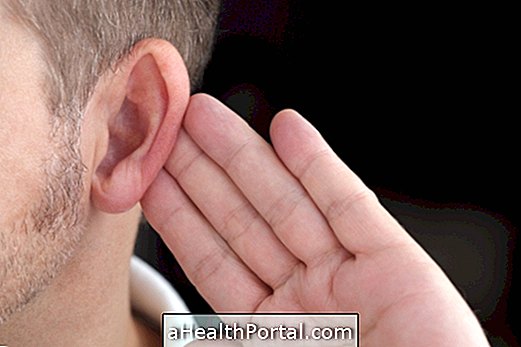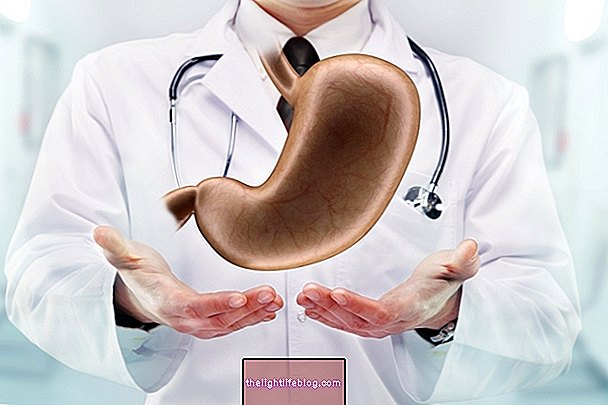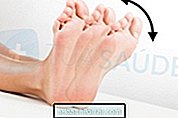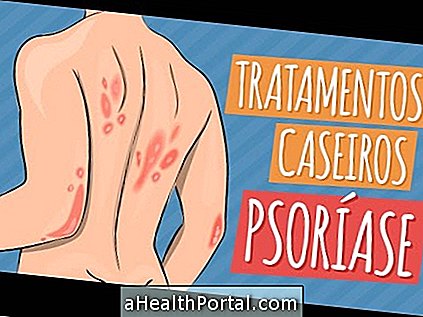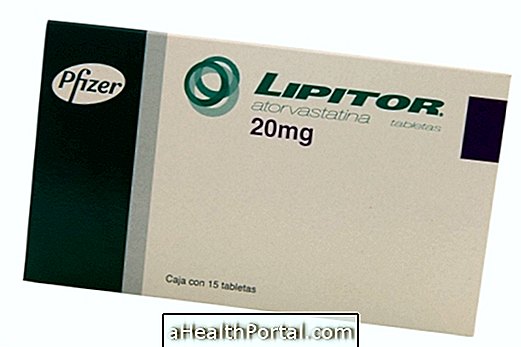Parkinson's disease, also known as Parkinson's disease, is a degenerative disease of the brain, characterized by changes in movement, causing tremor, stiffness of muscles, slowing of movements and imbalance. Its cause, although not fully known, is due to a wear and tear of regions of the brain responsible for the production of dopamine, an important brain neurotransmitter.
This disease usually occurs in people over the age of 50, but it can happen early in some cases, and to control symptoms, medications such as Levodopa are used to help restore dopamine and other nerve stimulation and movement control.
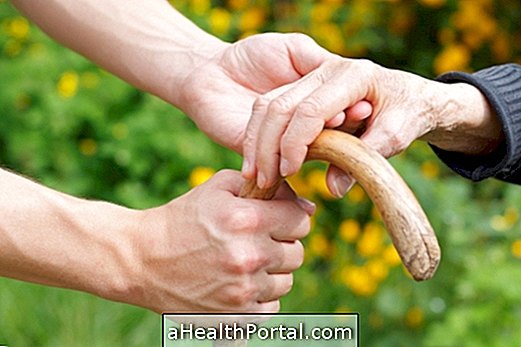
How to identify and confirm the diagnosis
The signs and symptoms of Parkinson's disease begin gradually, almost imperceptible at first, but that become worse over time. The main ones are:
| Signals | Features |
| Tremor | It happens only at rest, that is, it worsens when the person is standing still and improves when making some movement. It usually predominates on one side of the body, being more present in the hand, arm, legs or chin. |
| Muscle rigidity |
It happens with difficulty moving, giving a feeling of being hardened, preventing activities such as walking, opening arms, going up and down stairs. Thus, it is common for the posture to become more stooped. Freezing can also happen, which is when the person has difficulty getting out of the place. |
| Litigation of movements | Agility to make quick, large movements is compromised, so simple tasks such as opening and closing hands, dressing, writing, or chewing becomes difficult, a condition called bradykinesia. |
| Loss of balance and reflexes | Due to the difficulty of controlling the movements, it is difficult to balance and maintain the posture, with a great risk of falls, besides being less able to react to stimuli, since the movements are compromised. |
To diagnose Parkinson's disease, the neurologist or geriatrician will evaluate the presence of these signs and symptoms through the history and physical examination of the patient, requiring at least 3 of them to be present.
In addition, other symptoms that are very present in this disease are:
- Decreased facial expressions;
- Difficulty speaking, in a hoarse, drawn voice;
- Decreased blink of the eyes;
- Sleep disorders, such as insomnia, nightmares, somnambulism;
- Choking and difficulty swallowing food;
- Dermatitis on the skin;
- Difficulty in smelling;
- Intestine arrested;
- Depression.
The doctor may also order other tests, such as magnetic resonance imaging and computed tomography of the skull, blood tests or electroencephalogram, for example, to rule out other causes of movement disorders that may be confused with Parkinson's such as essential tremor, stroke sequel, tumor, advanced syphilis, progressive supranuclear palsy, or even the use of some medications, such as haloperidol.
What causes Parkinson's
Anyone can develop Parkinson's disease because it is not a hereditary disease. It arises due to a degeneration of the brain, which causes death of neurons of the substantia nigra, an important area of the brain that is related to the production of dopamine, which is the cause of the main signs and symptoms of this disease.
Scientific studies have been done to try to discover more definitively the causes of Parkinson's disease, and it has now been shown that the population of intestinal bacteria can influence the development of this disease as well as other brain diseases.
Although further evidence is needed, it is already known that the intestine has a nervous connection with the brain, and that the predominance of bad bacteria in the intestine, through unhealthy diet, rich carbohydrates and industrialized products, can lead to the metabolism and immunity of the body, in addition to damaging the health of the neurons.
Thus, although the reason that makes the brain degenerate is still unknown, and therefore, there is still a cure, there are treatments that can help reduce symptoms and give quality of life to the person with Parkinson's.
How to treat
Treatment for Parkinson's disease is done with the use of lifelong medications, which help decrease symptoms and slow the progression of the disease. The main drug used is Levodopa, which helps replenish the amount of dopamine, an important neurotransmitter for movement control, and some of the most popular examples are Prolopa and Carbidopa.
Other medications that are also used to improve symptoms are Biperidene, Amantadine, Seleginine, Bromocriptine and Pramipexole, especially in the early stages. Physical therapy, physical activity, and occupational therapy are also very important in helping to treat Parkinson's by encouraging restoration and recovery of movement. Learn more about how Parkinson's treatment is done.
Already in the more advanced stages, a promising treatment is deep brain stimulation surgery, which has been done in large centers of neurology, and allows to improve the patient's symptoms and quality of life. Learn more about indications and how deep brain stimulation is done.
